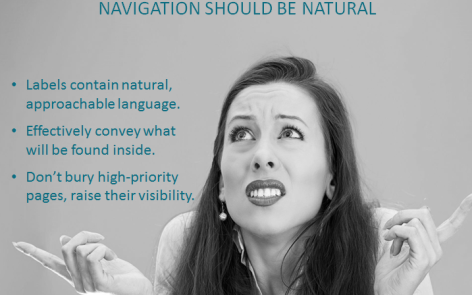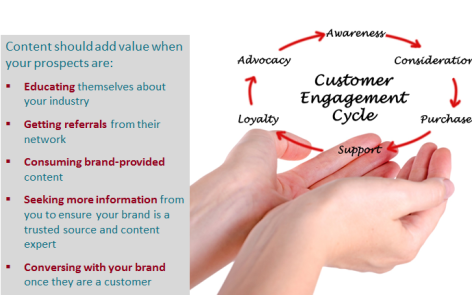Overwhelmed with all the digital technology out there? Don’t have $50,000 to spend on a digital consultant but want to optimize your website?
Website optimization goes beyond simply reaching our audience. It’s all about inspiring them to act, click that button, buy — and come back for more. Whether you’re launching or honing your website, this article and video will explore the art of website optimization and best practices.
Self Assessing
Have you set up goal tracking? This would be tracking the performance of actions visitors take that earn your business money, drive additional visitors, and/or drive repeat visits. Your web analytics should be able to track by URL — or perhaps you want to look at time tracking? Here’s a good article on how to set up goals in Google Analytics: https://blog.kissmetrics.com/critical-goal-types.
Can potential customers find you if they don’t know who you are? All conversations start with Google, so being aware of your search rankings (where you show up on a search engine results page, or SERP) is important to your business. From your website analytics, review Organic Search Keywords and identify what generic terms are driving traffic. Utilize the free website www.Alexa.com for your overall score and to see what organizations are competing for the same generic key terms.
What are your competitors up to? Reviewing your competitors' websites on a yearly basis can provide valuable insights on what works and what doesn’t and identify opportunities for your website improvement. Anderson performs competitor analyses for our clients as well as for ourselves to keep us abreast of market trends as well as point out gaps that should be addressed. We review competitor websites for:
- Ease of use
- Imagery
- Value proposition
- Offers
- Design
Utilize free sites like www.Spyfu.com or www.SEMrush.com to see how your competitors rank for natural and paid search results.
Navigating a Website
Can website visitors find what they’re looking for? Navigation and menu labels should contain natural and approachable language. The content must effectively convey what will be found inside each section, and high-priority content should be raised in visibility. See this article on Google Analytics Assisted Conversions in which a report helps you identify pages that lead to the highest conversions…aka high-priority content.
Encouraging Action
How are your lead capture pages performing? Increasing form performance can be as simple as reviewing and testing:
- Length
- Value of offer
- Amount or type of information requested
- Credibility of your company
Conversions can significantly increase by placing awards, certifications, and/or testimonials on your form pages. Also see 5 Tips for Using Campaign-Specific Landing Pages.
Are you telling visitors exactly what to do? Don’t get clever with CTAs. Tell your visitors exactly what to do and what to expect when they do it. Have a design with a purpose, wherein a hierarchy is established so it’s perfectly clear what is clickable and what is not. Buttons should look like buttons! Visual cues can include:
- Borders
- Color
- Size
- Consistency
- Placement
- Adherence to web standards
Optimizing Content
Is your content scannable? We love to quote David Ogilvy: “On the average, five times as many people read the headline as read the body copy. It follows that unless your headline sells your product, you have wasted 90 percent of your money. The headlines which work best are those which promise the reader a benefit.”
Scannable content is key. Content tips to implement include:
- Highlighting keywords with hypertext links or typeface and color variation
- Meaningful sub-headings instead of "clever" ones
- Bulleted lists
- One idea per paragraph
- Start with conclusion
- Half the word count (or less) than conventional writing
Have you documented your customers' buying cycle? Knowing the customer's journey can help you determine what content you should be providing your customers. This means content on your websites as well as blogs, downloads, videos, and more. Once you know what content can add value to your customer, throughout their journey, offering them that educational and relevant resource can go a long way and builds a trusted relationship. Valuable content also positions you as a content expert in the eyes of search engines. Plus, good content can be repurposed for many marketing tactics.
Watch the video for more details and examples of what works and what doesn’t!






